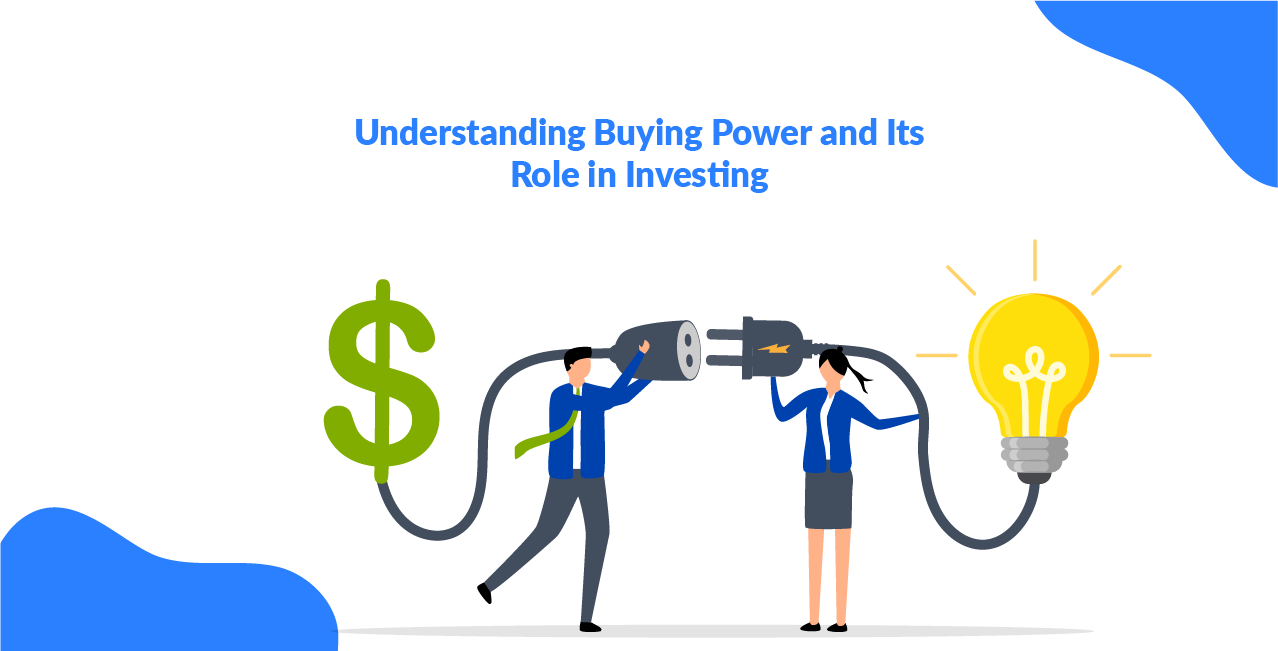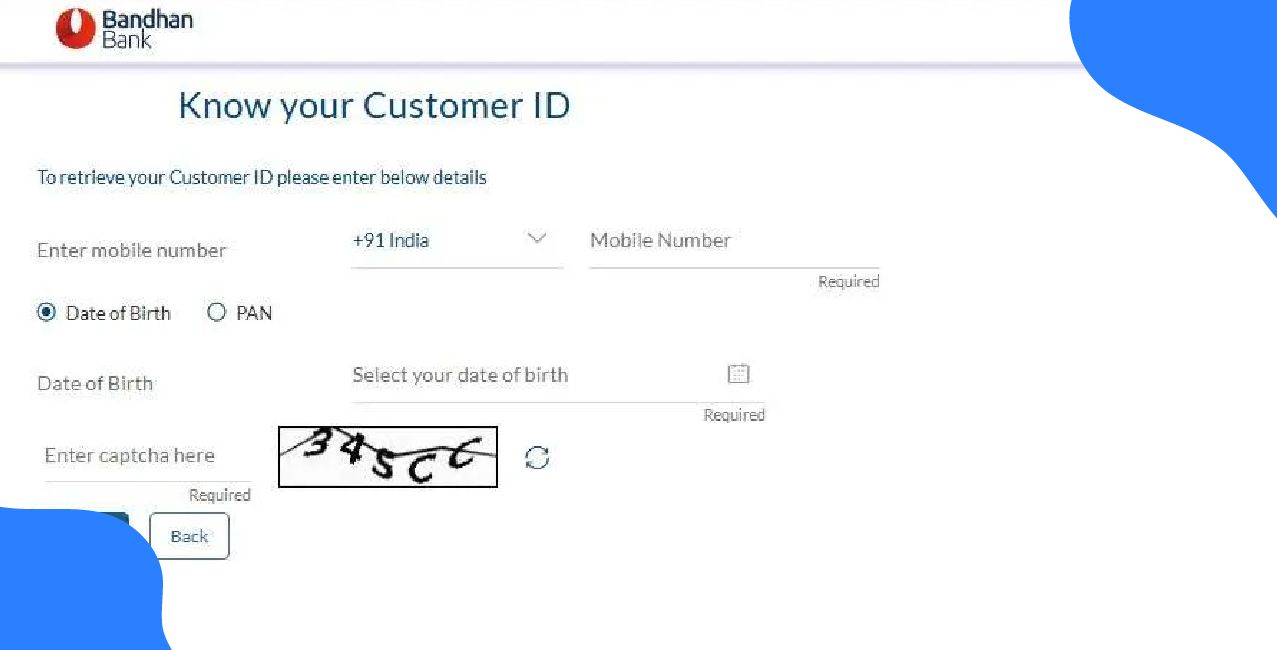
Author
LoansJagat Team
Read Time
5 Min
11 Jul 2025
Understanding Buying Power and Its Role in Investing
Imagine having a magic key that unlocks more investment opportunities than your wallet holds. That's buying power—your secret weapon for multiplying trading capacity and amplifying market gains through strategic financial leverage.
In this blog, we'll explore every aspect of buying power that every investor needs to understand.
1. “Your Wallet’s Wild Card” – What Buying Power Means
Buying power represents the total amount of money available for purchasing investments in your trading account. It includes your available cash plus any borrowed funds through margin facilities. This figure determines how many shares or securities you can buy at any given moment.
Your buying power changes constantly based on market movements, deposits, withdrawals, and existing positions. It acts as your financial ammunition for seizing investment opportunities when they arise.
Tushar's Buying Power Example
Tushar can purchase securities worth ₹1,10,000 without selling existing positions, demonstrating how buying power provides investment flexibility beyond just cash holdings.
2. “Leverage: The Double‑Edged Financial Sword” – How Margin Multiplies Buying Power
Leverage allows investors to borrow money to purchase more securities than their cash would otherwise permit. Margin trading significantly amplifies your buying power. However, it magnifies both profits and losses equally.
When you use margin, you pay interest on borrowed funds. Your potential returns increase, but so does your risk. Market downturns can lead to margin calls. This forces you to deposit more money or sell positions at a loss.
Leverage requires careful risk management. It's powerful but dangerous without proper understanding.
Rahul's Leverage Example
Rahul's margin doubles his buying power but also doubles his market risk exposure.
3. “Cash vs. Margin: The Two Faces of Buying Power” – Comparing Account Types
Cash accounts limit purchases to available funds only. You buy securities with your own money. There's no borrowing involved. Your buying power equals your cash balance.
Margin accounts offer enhanced buying power through borrowing. Brokers lend money against your securities as collateral. This increases purchasing capacity beyond cash holdings. However, interest charges apply on borrowed amounts.
Cash accounts provide safety and simplicity. Margin accounts offer flexibility but carry additional risks. Choose based on your risk tolerance and investment strategy.
Read More – How To Earn Money in the Stock Market
Lokesh's Account Comparison
Lokesh's margin account doubles buying power but increases both potential gains and losses significantly.
4. “Day‑Trader’s Dream—or Disaster?” – When Buying Power Becomes 4× in a Flash
Pattern day traders receive four times intraday buying power. This applies when accounts maintain a minimum ₹2,50,000 equity. The 4:1 ratio lets traders make larger positions during market hours.
This enhanced buying power resets daily. Positions must close before market closure. Overnight holdings reduce available buying power significantly. Violations trigger account restrictions.
Higher buying power amplifies profits quickly. However, losses multiply equally fast. Risk management becomes crucial. Many traders face substantial losses without proper discipline.
Karan's Day Trading Power
Karan's pattern day trading status doubles his intraday buying power but also doubles his potential daily gains and losses.
5. “Buying Power Pitfalls” – Risks, Margin Calls & How to Stay Safe
Excessive buying power creates dangerous temptations. Overleveraging leads to devastating losses. Margin calls force immediate action when account equity falls below requirements.
Interest costs accumulate daily on borrowed funds. Market volatility amplifies risks significantly. Forced liquidations occur at unfavourable prices. Account restrictions follow violations.
Also Read - How to Buy Shares
Stay safe by using conservative position sizes. Maintain adequate cash reserves. Monitor margin requirements closely. Never invest borrowed money you cannot afford to lose.
Manmeet's Margin Call Scenario
Manmeet faces forced selling if he cannot deposit ₹10,000 immediately to meet margin requirements.
Conclusion
Buying power helps you invest more using cash or borrowed money. While it can boost profits, it also increases risks. Always use it carefully to avoid big losses.
FAQs
1. What is buying power in investing?
It’s the total money you can use to buy stocks, including your cash and borrowed funds.
2. How does margin increase buying power?
Margin lets you borrow money from your broker, so you can buy more shares than your cash allows.
3. What’s the risk of using too much buying power?
If your investments lose value, you could owe money or face a margin call.
4. Can I lose more money than I have with buying power?
Yes, if you use margin and your investments drop, your losses can exceed your initial cash.
About the Author

LoansJagat Team
‘Simplify Finance for Everyone.’ This is the common goal of our team, as we try to explain any topic with relatable examples. From personal to business finance, managing EMIs to becoming debt-free, we do extensive research on each and every parameter, so you don’t have to. Scroll up and have a look at what 15+ years of experience in the BFSI sector looks like.

Quick Apply Loan
Subscribe Now


